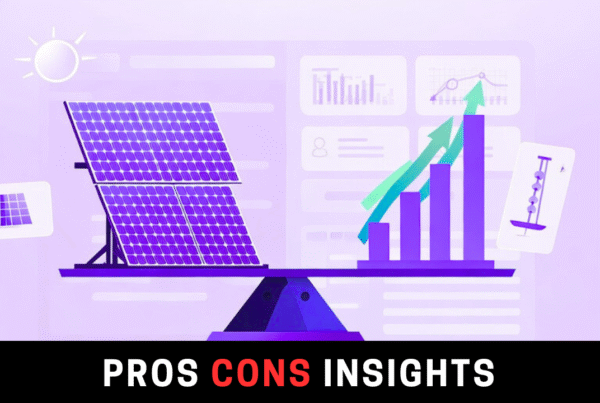Every year, we hear this concern from those who have imported off-grid or hybrid inverters and batteries for resale. However, net metering remains firmly in place. The renewable energy landscape is rapidly evolving, and understanding the intricacies of various metering policies is crucial for both consumers and industry stakeholders. The current regime in many places, including Pakistan, involves complex rules regarding how excess energy generated by solar power systems is compensated. In this article, we will explore the differences between net metering, net billing, and gross metering, and discuss the current regime and proposed changes.
Current Regime: A Complex Landscape
Under the current regime, any excess energy generated during off-peak hours is rolled over until a quarter is resolved against peak hours. Initially, there was no differentiation between peak or off-peak tariff adjustments for exported units through net metering. Consumers used to receive a cheque for the credited units at 20 rupees per unit after six months.
However, adjustments have become more intricate over time. The monthly resolution now equates one peak unit to three off-peak units. Additionally, the excess off-peak units generated in January, February, and March are resolved with the peak units of March at a ratio of roughly six off-peak units to one peak unit. If there are any remaining off-peak units, they are reimbursed at a rate that has been reduced from 11 rupees per unit to below 10 rupees per unit.
Net Metering
Net metering allows consumers who generate their own electricity to feed excess power back into the grid. In essence, the meter runs backwards when generating more power than consuming, effectively providing a credit against electricity consumed from the grid at other times. Under net metering, consumers benefit from the full retail rate for the excess energy they produce, making it a highly favorable policy for solar energy adopters.
Those who have already entered the net metering regime will continue to reap its benefits. Despite the changes and complexities in the current system, net metering remains an attractive option for many, allowing for significant savings and a faster return on investment.
Net Billing
Net billing is a proposed change aimed at addressing some of the inefficiencies and complexities of the current system. Under net billing, consumers are billed for the net amount of electricity consumed from the grid, but the rate at which they are credited for excess generation is different from the rate they pay for consumption. This means that while consumers still benefit from generating their own electricity, the financial incentives are less generous compared to net metering. The suggestion is to transition to net billing as an intermediate step before moving to gross metering.
Gross Metering
Gross metering represents a more drastic shift. Under gross metering, all generated electricity is sold to the grid at a predetermined rate, and all consumed electricity is bought from the grid at the retail rate. This separation of generation and consumption means that consumers receive payment for all the electricity they generate, regardless of their own consumption patterns. However, they also pay for all the electricity they use, plus taxes. This policy provides a clearer and more straightforward financial arrangement but typically offers lower financial returns to the consumer compared to net metering.
Transition and Future Outlook
The transition from net metering to net billing, and eventually to gross metering, represents a significant shift in how solar energy is valued and compensated. The current regime, with its quarterly and monthly resolutions and varying reimbursement rates, has become increasingly complex. Moving to net billing aims to streamline this process, albeit with potentially less favorable terms for consumers. Gross metering, while straightforward, may not offer the same level of financial benefit as net metering.
For those already benefiting from net metering, the continuation of the current policy ensures that they will not lose the advantages they have enjoyed. However, new adopters may find net billing and, eventually, gross metering to be the norm.
Conclusion
As the renewable energy sector evolves, so too do the policies that govern it. Understanding the differences between net metering, net billing, and gross metering is crucial for making informed decisions about solar energy investments. The current regime, with its complex adjustments and varying reimbursement rates, is set to change, potentially offering less generous terms for new adopters. Nonetheless, the push towards a more standardized and streamlined approach could ultimately benefit the industry as a whole, providing clarity and predictability in an ever-changing energy landscape.













